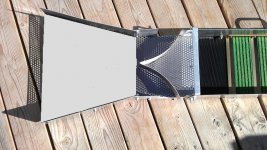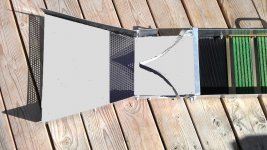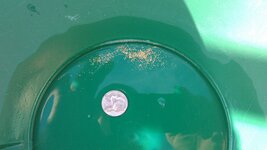omnicron
Bronze Member
I figured I would make my own thread as I didn't want to hijack another.
Here is my crappy video of it in action. For those of you that hasn't viewed the original thread http://www.treasurenet.com/forums/sluicing/295896-angus-classifier.html I built this for my a52 Keene.
I ran it all day yesterday and with decent results. The good news is as long as I didn't overload it with a full shovel scoop of dirt I did not loose any gold out the sides. I had catch pans on the side and them panned the pans after 2 buckets. No gold and no black sand although I did have some course blonde sand but I can live with that. Other then having to move the rocks out by hand it worked great.
I do have a few ideas to fix the discharge problem. I might make the sides of the first part of the sluice taller thus allowing more water weight to push the rocks out. I could also add a top plate angled down thus forcing the water to increase in volicity kicking the rocks out. The beauty of my design is no matter what I do, it's not going to effect the water level accross the riffles.
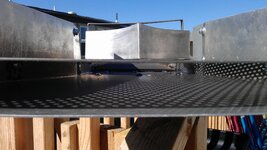
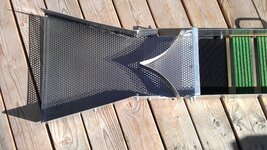
Here is my crappy video of it in action. For those of you that hasn't viewed the original thread http://www.treasurenet.com/forums/sluicing/295896-angus-classifier.html I built this for my a52 Keene.
I ran it all day yesterday and with decent results. The good news is as long as I didn't overload it with a full shovel scoop of dirt I did not loose any gold out the sides. I had catch pans on the side and them panned the pans after 2 buckets. No gold and no black sand although I did have some course blonde sand but I can live with that. Other then having to move the rocks out by hand it worked great.
I do have a few ideas to fix the discharge problem. I might make the sides of the first part of the sluice taller thus allowing more water weight to push the rocks out. I could also add a top plate angled down thus forcing the water to increase in volicity kicking the rocks out. The beauty of my design is no matter what I do, it's not going to effect the water level accross the riffles.





